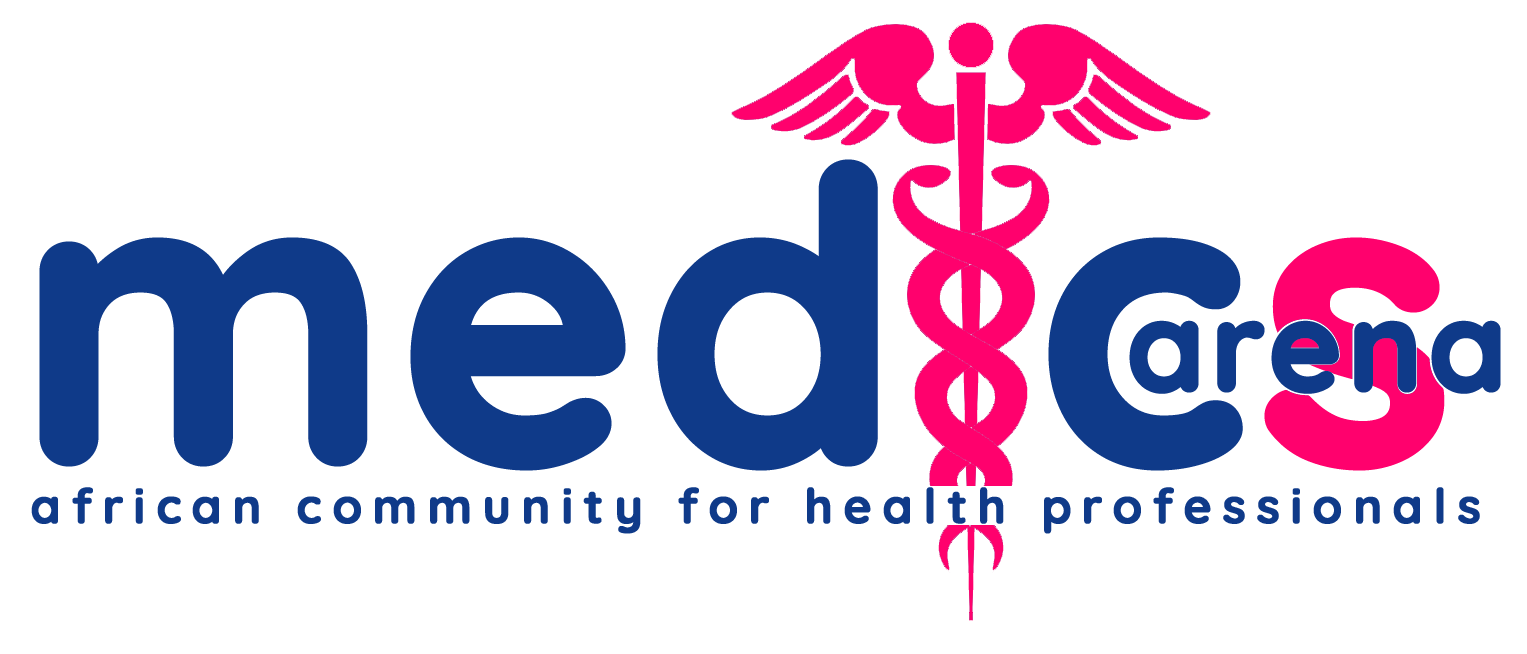Acne is a chronic, inflammatory skin condition that causes spots and pimples, especially on the face, shoulders, back, neck, chest, and upper arms.
Whiteheads, blackheads, pimples, cysts, and nodules are all types of acne.
It commonly occurs during puberty, when the sebaceous glands activate, but it can occur at any age. It is not dangerous, but it can leave skin scars.
The glands produce oil and are stimulated by male hormones produced by the adrenal glands in both males and females. Do you need to speak with a virtual doctor about acne and pimples, you can register here.
Fast facts on acne
- Acne is a skin disease involving the oil glands at the base of hair follicles.
- It affects 3 in every 4 people aged 11 to 30 years.
- It is not dangerous, but it can leave skin scars.
- Treatment depends on how severe and persistent it is.
- Risk factors include genetics, the menstrual cycle, anxiety and stress, hot and humid climates, using oil-based make up, and squeezing pimples.
Human skin has pores that connect to oil glands under the skin. Follicles connect the glands to the pores. Follicles are small sacs that produce and secrete liquid.
The glands produce an oily liquid called sebum. Sebum carries dead skin cells through the follicles to the surface of the skin. A small hair grows through the follicle out of the skin.
Pimples grow when these follicles get blocked, and oil builds up under the skin.
Skin cells, sebum, and hair can clump together into a plug. This plug gets infected with bacteria, and swelling results. A pimple starts to develop when the plug begins to break down.
Propionibacterium acnes (P. acnes) is the name of the bacteria that live on the skin and contributes to the infection of pimples.
Research suggests that the severity and frequency of acne depend on the strain of bacteria. Not all acne bacteria trigger pimples. One strain helps to keep the skin pimple-free.
Hormonal factors
A range of factors triggers acne, but the main cause is thought to be a rise in androgen levels.
Androgen is a type of hormone, the levels of which rise when adolescence begins. In women, it gets converted into estrogen.
Rising androgen levels cause the oil glands under the skin to grow. The enlarged gland produces more sebum. Excessive sebum can break down cellular walls in the pores, causing bacteria to grow.
Other possible triggers
Some studies suggest that genetic factors may increase the risk.
Other causes include:
- Some medications that contain androgen and lithium
- Greasy cosmetics
- Hormonal changes
- Emotional stress
- Menstruation
Treatment
Treatment depends on how severe and persistent the acne is. Would you like to receive treatment on acne, click here to speak with a doctor app.askdoctord.com/register
Culled from www.medicalnewstoday.com

